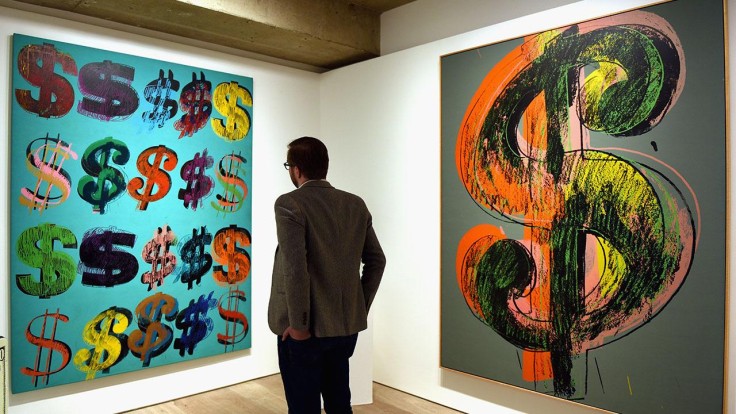
It's jargon for the American dream and all the consumerism and commoditization which comes with it, suggesting bright hope, dazzling greed, and rampant capitalism at once. Given its ubiquity, the dollar sign's roots remain far from simple, with competing theories regarding Bohemian coins, Hercules ' Pillars, and harried merchants.
If you had to find lurking letters in their shape, you could spy a'S ' overlay with a squeezed, bendless ' U ' that provides its vertical strokes. In fact, this is one of the most popular misconceptions about the origins of the sign: it is for the United States. But it's not.
That's what Ayn Rand, the famous libertarian writer and philosopher, believed. One character tells another about what the dollar sign stands for in a chapter in her novel of 1957, Atlas Shrugged. Rand seems to have been mistaken, not least because the US was known as the United Colonies of America before 1776 and there are reports that the dollar sign was in use before the birth of the United States.
The dollar's history is much shorter. In 1520, the Kingdom of Bohemia began to mint coins using silver from a Joachimsthal mine-which translates roughly as Joachim's valley from German to English. Logically, if unimaginatively, the Joachimsthaler was called the coin, which was then shortened to Thaler, the term that spread around the world.
It was the Dutch version, the Daler, which in the pockets and on the tongues of early immigrants made its way across the Atlantic, and the American-English pronunciation of the term dollar retains its echoes today.
Despite the relative youthfulness of the currency, however, there is no clear answer to the question of where the symbol of the dollar originated from. No one seems to have sat down to model it and its form often fluctuates-it sometimes has two lines through it, more and more just the one. Not that there are not enough theories to contend with. For example, by going back to the idea that in its form there is a U and an S hidden, it has been proposed that they stand for Silver Units.
One of the most esoteric stories of origin connects it back to the Bohemian Thaler featuring a serpent on a Christian cross. That itself was an allusion to Moses ' story winding around a pole a bronze snake to heal people who had been bitten. As it has been said, the dollar originated from that mark.
The interpretation is based on the Hercules Pillars, a term coined by the ancient Greeks to identify the promontories flanked by the entrance to the Gibraltar Strait. The columns are in the national coat of arms of Spain and appeared on the Spanish dollar in the 18th and 19th centuries.
Yet another version centres on the Pillars of Hercules, a phrase conjured up by the Ancient Greeks to describe the promontories that flank the entrance to the Strait of Gibraltar. The pillars feature in Spain's national coat of arms and, during the 18th and 19th Centuries, appeared on the Spanish dollar or "The Piece of Eight called the Peso. The columns have S-shaped banners twined around them, and it doesn't take a lot of squinting to see a dollar sign's similarity.
In fact, Spanish coinage is the most widely accepted theory. As historians tell us, it has often been shortened to the initial' P' with a 'S' hovering in superscript next to it. Gradually, due to the scrawl of time-pressed merchants and scribes,' P' fused with the 'S' and lost its curl, leaving the vertical line down the center of the 'S' like a pin.
A Spanish dollar was worth more or less a US dollar, so it's easy to see how the sign could have been modified from there.
RELATED: 3 Pieces of Financial Advice that Will Save You Thousands of Dollars to Learn
© 2026 University Herald, All rights reserved. Do not reproduce without permission.








